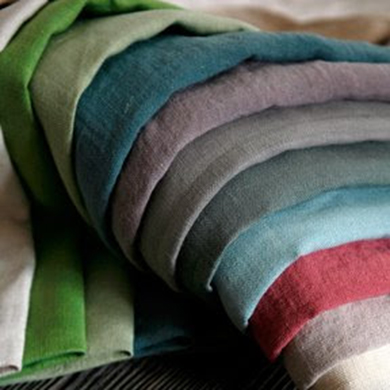
A sustainable textile product:
- is designed with consideration of the environmental and social impact it may have throughout its total life span.
- has a much smaller ‘ecological footprint’ than its conventional counterpart: it creates fewer pollutants and waste; it is toxic-free and uses less water and non-renewable resources.
ROSEHIP HATS are made with the following sustainable textiles and ‘Slow Fashion’ methods:
Certified ORGANIC COTTON is free of destructive toxic pesticides and synthetic chemical fertilizers. Conventionally-grown cotton uses approximately 25% of the world’s insecticides and is one of the most widely grown and chemical-intensive crops in the world.
HEMP is one of the best choices for eco-fibres due to its ease and speed of growth and resistance to disease, with no artificial fertilizers or pesticides needed. Hemp sheds many of its leaves before harvest, returning nutrients to the soil for the next crop. Hemp fibre has natural anti-mildew, high UV protection, thermodynamic and hypoallergenic properties.
LINEN is one of the world’s oldest fabrics and is made from flax plant fibres. Flax is the second most highly productive crop (after hemp) per hectare. Its production uses little water which makes it the second most water efficient fibre (after hemp). Cultivation of the flax plant uses a fraction of the herbicides and pesticides that produces the same amount of conventional cotton, and unlike cotton, linen fibres can be processed without the use of chemicals. Every part of the flax plant can be used to create a product with zero wastage.
RECYCLED MATERIALS (reclaimed, pre & post-consumer, vintage) are arguably the most sustainable choice. Repurposing material into new designs requires no agriculture or fossil fuels, and minimal energy usage, and averts materials from the waste stream for longer periods of time. VINTAGE (pre-1980’s) textile goods were typically designed for use over many years, unlike the planned obsolescence of most mass-produced fashion items today. They are also appreciated for their historic value, uniqueness, and robust quality. Fabrics were often handwoven and hand-printed, and garments custom-made with hand-finished details and unusual trims – techniques now all but lost with the globalization of the fashion and textile industries.
SUSTAINABLE DESIGN PRACTICES have a significant impact on how long a clothing item remains wearable. Rosehip Hats feature: 1) high quality materials that endure over time; 2) strong construction methods with longevity in mind; 3) adjustable sizing bands that allow for varying head shapes and hair styles; 4) classic, timeless styles that don’t go in and out of fashion; 5) proper advice on laundering and care.
Rosehip Hats: designing with the Earth in mind – since 1992
